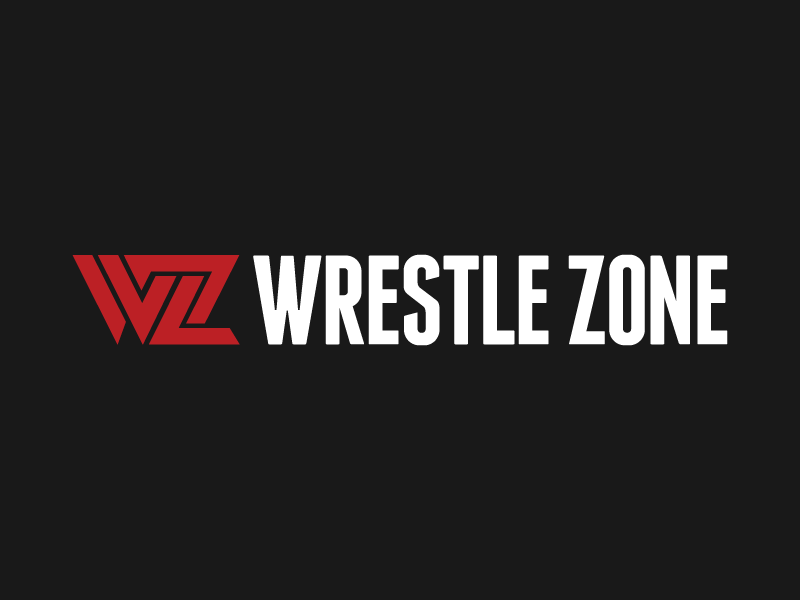Where are you?
Where am I?
Where are we?
We’re here. In this moment in time that we all occupy simultaneously. And the moment after. And the moment after that. A generation. The worlds before us too, millions grouped as a single decade, the 70s, the 80s, the 90s. People of a time, remembered as a single mindset who sculpted the world in their image, leaving their footprints in the Earth. Subsequent generations building upon their constructions with their own brand of thoughts, but never forgetting them.
Our generation, the 00s, what will be our historical mindset, what image are we building? The monuments of feminism are still upright, human rights, racial equality, and all that which form the asphalt of the future’s path. We use these advancements without blinking, we marvel at the great individual acts that united a population into a generation. But we perform none of our own. What earth-shattering, world-forming contributions have we made in the last six years?
In this generation, a preoccupation with retroculture overwhelms all popular culture. Clothing is rifled and replicated from charity stories, film and television thinktanks spend more time searching the archives looking for inspiration than they do at the drawing board, and the music scene is re-releasing the albums our parents still have, except now by artists with trendier haircuts. All things old are celebrated as new. All things new couldn’t be more out of date. Is it an addiction to the comforting warmth of nostalgia, or are we so frightened of risks that something must have already proven itself to warrant manufacture.
Professional wrestling, the epitome of popculture, has seldom been a trendsetter, tending rather to be reactionary to vogue. Promotions often sit in the last available seats of the bandwagon, and are always the last to get off. But never before has sports entertainment reflected and extrapolated society’s mindset more than it is in our current decade-long revisitation of the past. The trend began following the desolation of the post-Attitude post-WCW environment at the turn of the century, a time where the world itself questioned its surroundings and direction after the angst of the grunge waned and complacency set in. The anxiety of the WWE stemmed from the realization that they had achieved exactly what they had set out to do from day one, exterminate all evidence of competition, and become the one undisputed source of sports entertainment. The comfort of sitting in a room with only friends. Except the end of the rainbow was unimpressive, it wasn’t the fabled Promised Land that promoters had whispered about in meetings. It was still missing something unaccountable, despite all the boxes being ticked. And there is no feeling worse than having everything you want and needing more.
The world was in the same position. Rights had been fought for and won. The world economy had steadied to a comfortable maintainable state. The poverty in the dark corners of the world was dissipating with globalisation, countries such as China, South Korea and India instilling faith for others. The 90s messiahs Buckley and Cobain had lived and died for our sins. Everything was peachy. But the spirit for life that fuelled the predecessing generations, the urge to perfect the world, was no longer applicable and disappeared with the problems that it defeated. We found out what came after the end. More end.
Sweat beaded on the brow of wrestling executives, brainstorming a new source of the dynamicism that kept the kids watching, while the world found its own solution in its parent’s attic. After the widespread adoption and success of all things retro, professional wrestling found its solutions in seedy bars, unemployment agencies and Ebay firesales. While other “new” ideas were recovered from the unemptied dustbins. The crowd reaction to the gimmick battle royale in 2001, was the first domino to fall, leading to the return of anything that was marginally successful in the past. Every second pay-per-view marked the much-anticipated debut of an out of shape childhood hero, the self-pickled members of the NWO began to resurface (more recently their followers DX), and angles from years past were resumed and aggravated. The finale, the resurrection of an entire federation. Abruptly waking its past roster from a five-year hang over to begin where they ended. As though five years of change hadn’t passed.
In the meantime, fresh faces are being kept sweatless backstage.
Writers and fans have vocalized their opinions of the recent epidemic of unoriginality, but miss the real concern of the pattern. Copying, replicating and appropriating are as central to wrestling as embarrassing trunks. Cornette, a man whose hands helped shape the industry, lives by the rule that any angle or gimmick can be repeated after seven years. “The seven year cycle”. Is the same opposition to unoriginality given to Hogan and Flair, the two most significant figures the business has produced, who began as (and still are) clones of Billy Graham and Buddy Rogers respectively? Mimicry is responsible for more good than you may think; in the same way that the most famed acts of the music world are rarely those who innovate.
But we’ve moved past mimicry. What is seen today goes beyond homage, beyond tribute, and beyond reinvigoration. Single golden moments of the past are returned to, locked in stasis, not expanding or developing, repeating weekly. This in itself isn’t an issue, nostalgia should be guiltfree, but what is, is that current business is relying on retrospectives for ratings, so much so that fresh angles are sandwiched between them, only occurring because of obligations to staff. Each week Raw and Impact becomes more and more Greatest Hits shows.
And people still question why five years in, this era is nameless. The characteristics of the Golden and Attitude eras of wrestling made each entities within themselves, occupying a time and space, but because the current brand has so little of its own material it can’t be defined as individual. The identity of today’s wrestling generation is borrowed from the ones before it, as is our generation as a whole.
Who is our Hogan? Who is our Sting? Who is our Rock? We don’t have one, Hogan is our Hogan again, so too is Sting and co. The cultivation of new icons is stunted by a combination of a lack of management faith and society’s gag reflex to anything new. No one was born an icon. They were made by the context, except now the context rents the icons of other generations instead forming their own. An icon being the single individual that encapsulates an entire generation. But now roles are reversed, the icons of times past, are molding the context, and as we’re finding out, this leaves a populace without an autonomous identity of their own.
If so much credit is given to the creations of others, it leaves no one to celebrate our own. In a decades time, when retrosources have been leeched dry, where will our culture come from. When this generation’s children look back at their parents youth, they’ll see it’s the same as their grandparents’. If we continue in this direction, there will be no evidence that we were even here, let alone making even the most minute of impacts, like our parents did, and their parents before.
Will this one be forever remembered as the Era of Elsewhere.
The 70s. The 80s. The 90s. The 00s. The two zeroes.
If you would like to send feedback, my email is TheButchershopcolumn@hotmail.com
Over and Out.
Jim “The Butcher” Browne








